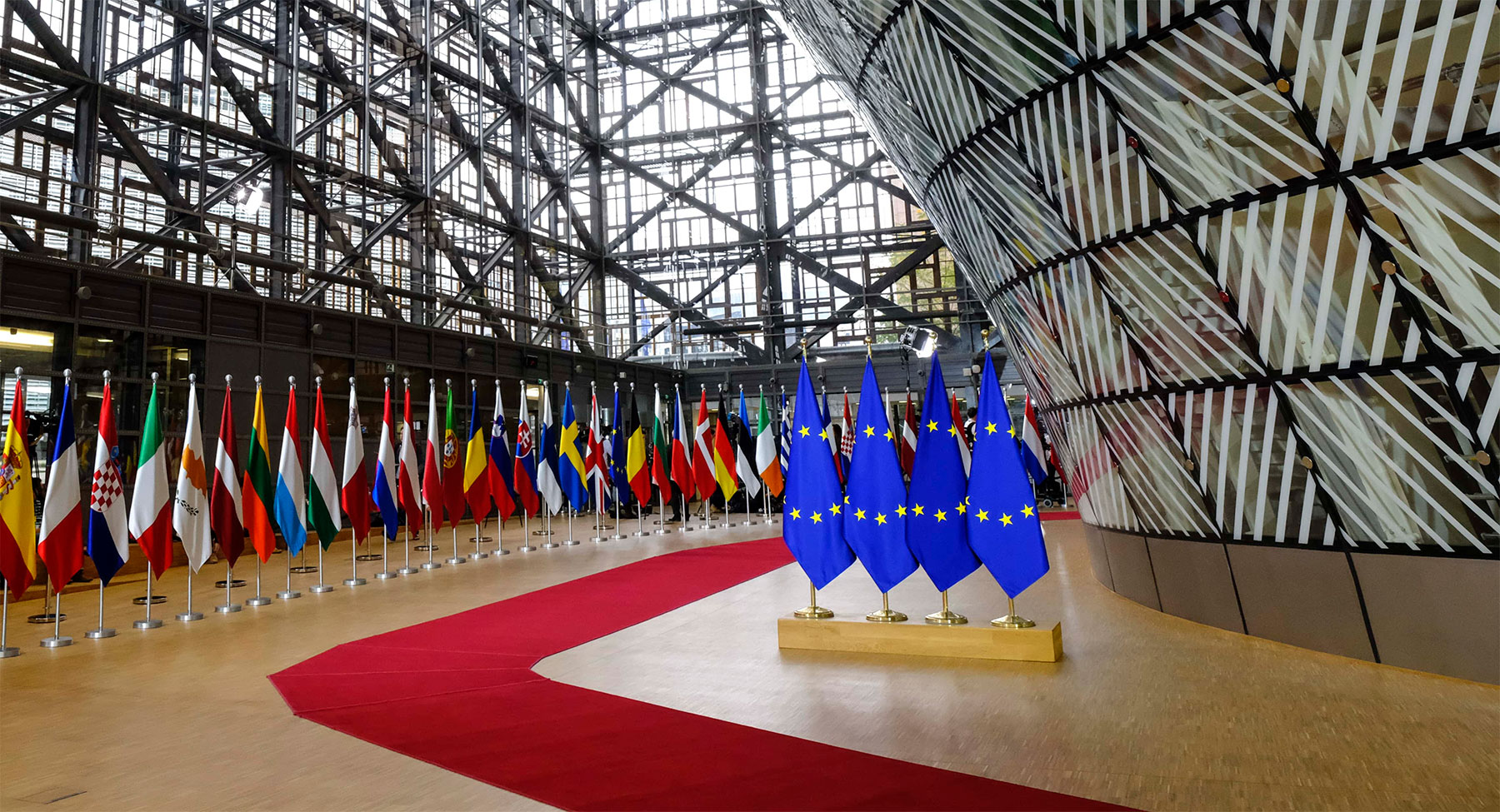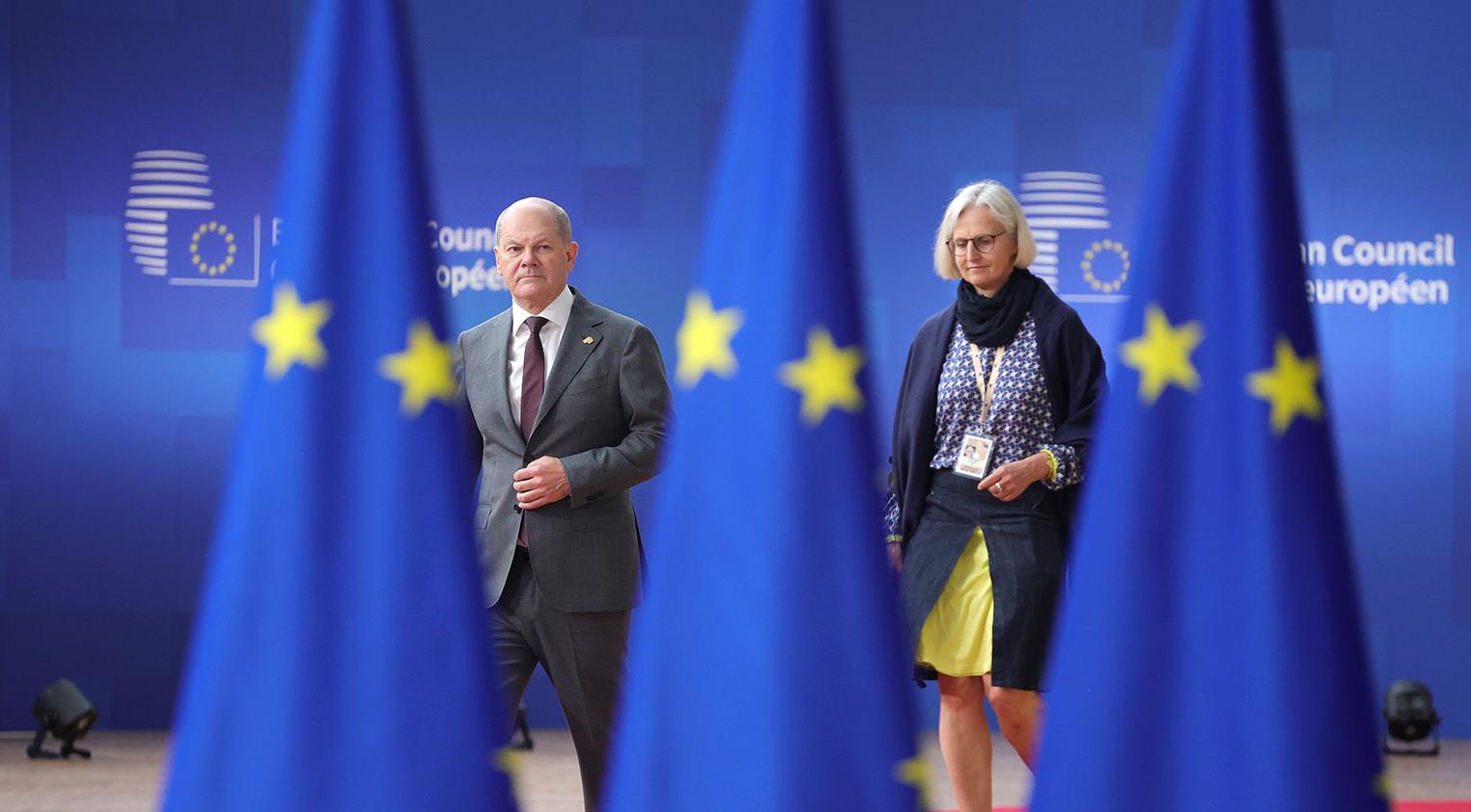In 2022–2023 the Italian Republic, like a number of other European countries, faced the sharp problem of diversifying energy supplies. Winter 2022–2023 was extremely mild in Europe, which helped to prevent an aggravation of the energy crisis, but the situation continues to be quite serious. During the premiership of Mario Draghi in Italy, a plan was launched to diversify energy supplies with the aim of gradually phasing out Russian gas, which is being replaced primarily by LNG, Algerian, Azerbaijani and Northern European gas. The government of Giorgia Meloni continues to follow this plan, with the declared goal of completely eliminating dependence on Russian gas by the winter of 2024–2025.
It is obvious that Italy intends to become a key energy hub for the Mediterranean in the context of gas supplies to European countries, and all the steps taken by the country in the field of the "new energy policy" are aimed primarily at achieving this political goal.
The "Green Transition" is clearly fading into the background, despite the goals declared in the PNIEC, since the economic component does not allow the government to give it any preference. By combining these two almost mutually exclusive tracks, the Italian Republic seeks to establish itself in two of the most important roles chosen for itself: an active independent actor in international relations and an important member of the pan-European home, consistently upholding the basic values of the EU. Time will tell how successful such a “two chairs” policy can be, but a scenario in which national interests will still play a more prominent role seems more likely.
In 2022–2023 the Italian Republic, like a number of other European countries, faced the sharp problem of diversifying energy supplies. Winter 2022–2023 was extremely mild in Europe, which helped to prevent an aggravation of the energy crisis, but the situation continues to be quite serious. During the premiership of Mario Draghi in Italy, a plan was launched to diversify energy supplies with the aim of gradually phasing out Russian gas, which is being replaced primarily by LNG, Algerian, Azerbaijani and Northern European gas. The government of Giorgia Meloni continues to follow this plan, with the declared goal of completely eliminating dependence on Russian gas by the winter of 2024–2025.
In 2022, primary energy demand in Italy decreased by 4.5%, reaching 149,175 thousand tons of oil equivalent, compared with the previous year's demand of 156,179 thousand tons. Final energy consumption in the country decreased by 3.7% overall compared to the previous year; it was provided mainly by oil and oil products (36.8%), natural gas (27.2%) and electricity (22.7%). The share of net imports compared to gross energy supply increased from 73.5% in 2021 to 79.7% in 2022, confirming Italy's dependence on foreign sources of supply. Thus, there was an increase in imports of oil and oil products. In the sphere of national production, a decrease in hydropower and the production of oil and oil products was recorded. Renewable energy sources have found wide application in all industries (electricity, heat, transport). The share of total energy consumption covered by renewables is estimated to be around 19%.
Energy consumption by Italian households in 2022 decreased by 2.7%, but costs increased by 49.9%. This enormous growth was mitigated by regulatory changes, including emergency measures: system fees for the electricity and gas sector were abolished, taxes were reduced (in particular, VAT rates on natural gas and excises on fuel), and social benefits were increased. It is noteworthy that in order to analyse the phenomenon of national energy poverty and develop an appropriate policy, a special structure was created in the Ministry of Environment and Energy Security of Italy - the National Observatory of Energy Poverty.
The key component of Italy's energy policy, of course, remains the gas sector. Gas storage facilities in Italy are capable of accumulating up to 16.5 billion cubic meters of gas, of which 4.5 billion is a strategic reserve, which is enough to cover 25% of national needs. Gas production in Italy itself covers only 4% of national needs. Compared to 2022, domestic production in 2023 decreased by 6.5%.
Gas prices in Italy fell in 2023, but are still well above their pre-2022 levels. Energy consumption in the country as a whole has dropped significantly, but objective factors, such as, for example, the unprecedented heat of the summer of 2023, have intervened in maintaining the austerity regime.
In 2023, gas is supplied to Italy through a network of checkpoints, and regasification units are used to process LNG into a gaseous state:
- Tarvisio (Friuli Venezia Giulia): Russian and Northern European gas, Trans Austria Gas pipeline with a capacity of up to 45 billion cubic meters per year;
- Passo Gris (Piemonte): gas from the North Sea fields, Transitgas pipeline, maximum capacity - 35 billion cubic meters of gas per year;
- Mazara del Vallo (Sicily): gas from Algeria through the Transmed pipeline, with a capacity of more than 30 billion cubic meters per year;
- Gela (Sicily): gas from Libya via the Greenstream pipeline, with a capacity of 8 billion cubic meters per year;
- Melendugno (Puglia): gas from Azerbaijan for Italy and Northern Europe, Trans Adriatic Pipeline pipeline, capacity—10 billion cubic meters per year, there are plans to increase it;
- Panigalla (Liguria): the terminal is the first regasification plant in Italy, with a capacity of 3.5 billion cubic meters per year;
- Livorno: floating regasification terminal Olt, capacity 3.7 billion cubic meters per year;
- Porto Viro (Veneto): a floating regasification terminal providing supplies from Qatar, Egypt, Trinidad and Tobago, Equatorial Guinea and Norway, with a capacity of 4 billion cubic meters per year.
In 2022–2023 imports of Italian gas have changed significantly: Russia has ceased to be the leader in the country’s market. Algeria now plays a key role: bilateral agreements were concluded first by Mario Draghi and then by Giorgia Meloni.
It is noteworthy that the first state visit of Giorgia Meloni in 2023 was made to Algeria. At the same time, Algeria replaced Russia as the main supplier of gas to Italy back in 2022. In 2023, its share increased to 36%, while the share of Russian supplies decreased from 38.2% in 2021 to 15%. The country is working to increase gas imports from Angola, Cyprus, Congo, Egypt , Indonesia, Libya, Mozambique, Nigeria, Qatar and the Republic of the Congo.
Congo plays an important role in the Italian gas market: from 2023, thanks to the development of the LNG project, there are plans to purchase more than 4.5 billion cubic meters per year. Italy plans to receive 3 billion cubic meters per year from Egypt. Negotiations are underway with Qatar to increase its share in LNG supplies. Libya's share of the Italian energy market has been declining almost year on year since 2015. At the same time, during the visit of Giorgia Meloni to the country, a new agreement was concluded between Eni and the Libyan National Oil Corporation to invest in the development of two fields off the coast of Libya, which, according to forecasts, will cover the requirements of domestic Libyan demand, as well as provide exports to Italy and other European countries. Azerbaijan has become another important supplier of gas to Italy: imports from this country have reached 14% and there are plans to increase the capacity of the Trans-Adriatic gas pipeline. Azerbaijan is the third country, after Algeria and Libya, that Italy is banking on to increase its gas supply and replace supplies from Russia.
LNG is obviously playing an increasingly important role in Italian supplies, for which the country is expected to open additional regasification facilities. LNG supplies to Italy have actually doubled over the past two years: in 2022, its share was 20.7%; at the beginning of 2023 it was about 23% and continues to grow.
Agreements with Algeria and Libya, as well as increased cooperation with other supplier countries are components of the right-wing government's "Mattei Plan". A fundamental role in its implementation is assigned to the Eni company, which has invariably been present on the African continent for more than half a century. By increasing the capacity of the Trans-Adriatic Pipeline, Azerbaijan will also become an important component of the Mattei Plan. A complete reduction in dependence on Russian supplies is one of the key points of the Plan; however, increasing the importance of Italy in the context of ensuring the energy security of Europe, obviously, is its main task. The Italian Republic seeks to increase its influence in the Mediterranean through energy: the country is consistently pursuing a policy of strengthening its own role in the international arena, and the region has traditionally been of particular interest to Italy in this context.
At the same time, in June 2023 the Italian Ministry of the Environment and Energy Security sent a proposal to Brussels to update the Comprehensive National Energy and Climate Plan (Piano Nazionale Integrato per l’Energia e il Clima, PNIEC). The PNIEC, as stated on the ministry's website, “is a fundamental instrument that marks the beginning of important changes in the energy and environmental policy of our country towards de-carbonisation. The goal is to implement a new energy policy that ensures the full environmental, social and economic sustainability of the national territory.”
The PNIEC has set national targets up to 2030 for energy efficiency, renewables and CO2 emissions reduction, as well as targets for strengthening energy security, the energy single market and research, innovation and competitiveness, sustainable mobility, defining for each area the measures that will be implemented to ensure their achievement. The plan calls for a significant reduction in gas consumption by 2030. The PNIEC is set up to allow Italy, by 2030, to achieve almost all EU environmental and climate targets, in some cases “overtaking” previous targets.
Italy, according to the PNIEC, is paying great attention to renewable energy sources. It is assumed that the growth of the renewable energy sector, accompanied by the more efficient use of energy, will contribute to the reduction of imports (from Russia and other countries), in order to increase the energy independence of the country. However, investments in new LNG terminals, regasifiers and pipelines will continue to grow. The contradiction between the Mattei Plan and the PNIEC is obvious, which does not earn political points for the right-wing government in power in the country. In the short term, despite investment in renewable energy, natural gas and LNG will continue to be important resources for meeting national energy needs. It should be noted that this is accompanied by additional investments, which could have been avoided if the volumes of Russian gas supplies were maintained.
These costs, in turn, do not contribute to the growth of investments in the renewable energy sector: in fact, the refusal of Italy to us Russian supplies is postponing the “green transition” in the country.
It is obvious that Italy intends to become a key energy hub for the Mediterranean in the context of gas supplies to European countries, and all the steps taken by the country in the field of the "new energy policy" are aimed primarily at achieving this political goal.
The "Green Transition" is clearly fading into the background, despite the goals declared in the PNIEC, since the economic component does not allow the government to give it any preference. By combining these two almost mutually exclusive tracks, the Italian Republic seeks to establish itself in two of the most important roles chosen for itself: an active independent actor in international relations and an important member of the pan-European home, consistently upholding the basic values of the EU. Time will tell how successful such a “two chairs” policy can be, but a scenario in which national interests will still play a more prominent role seems more likely.
First published in the Valdai Discussion Club.






